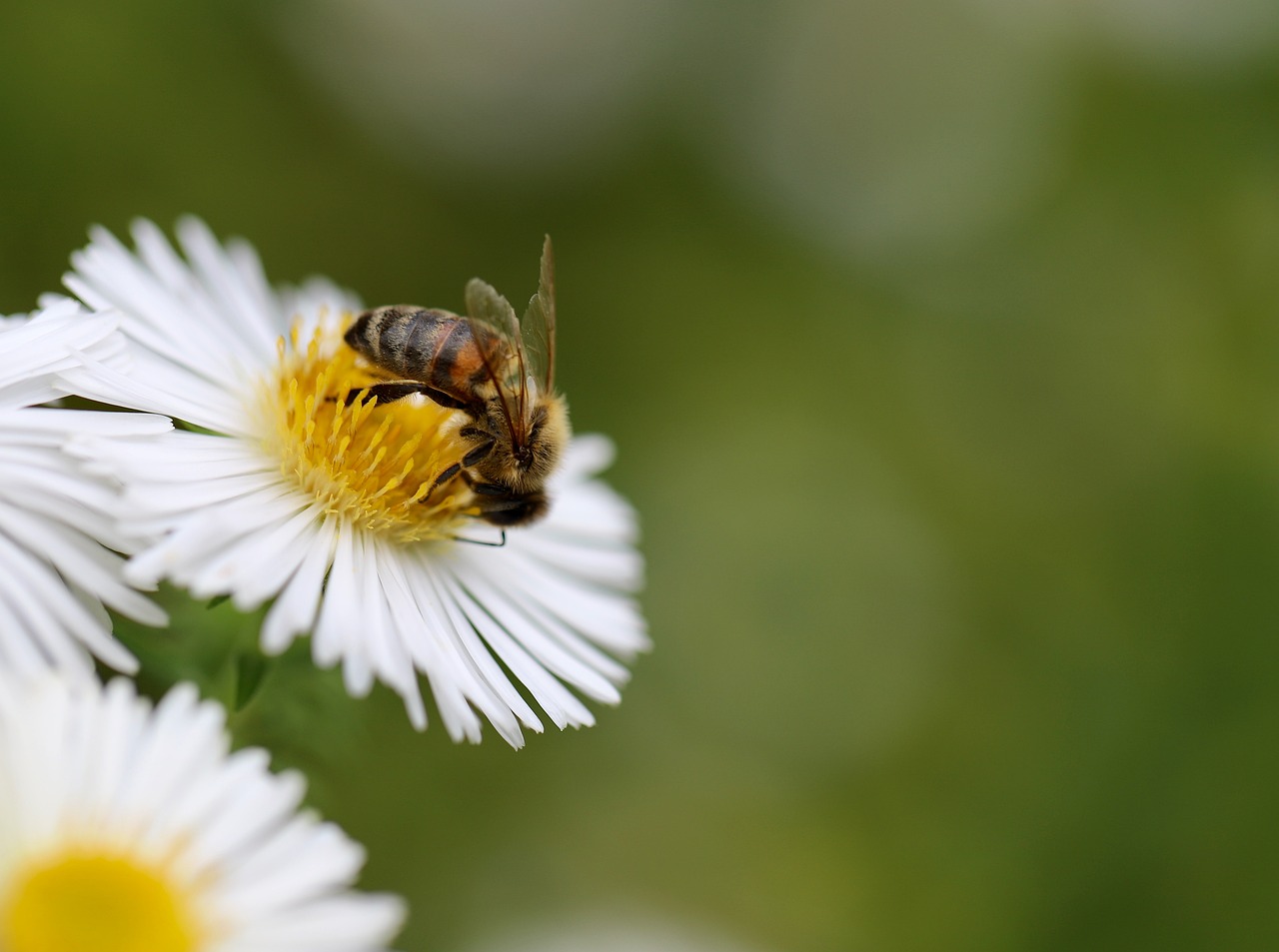We face a biodiversity crisis across the globe. This means the number of species of animals and plants are declining rapidly because climate change is destroying their habitats. This has big consequences for us because this will impact the availability of food and medicine, especially if there is a big decline in pollinators. Pollinators are animals that transfer pollen from one flower to another to allow for fertilisation and fruit/seed production. Pollinators are bees, wasps, moths, butterflies, flies, ants, beetles and birds. They are key to food production and the decline of such species would have a large impact on food production. It is vital we do what we can to support the population of these species, and we can do that by putting the right plants in our garden. Below are a few tips from the Royal Horticultural Society how to attract pollinators into your garden.
Plants to attract pollinators for all seasons
The Royal Horticultural Society suggest growing plants to attract pollinators all year round.
They suggest the best flowers are those with flat petals and to avoid flowers with double or multiple petal leaves. Plants with simple open flowers are easier for pollinators to access. It is best if these plants are put in a group because it will make it easier for pollinators to find your garden. Also, pesticides should not be used on these plants as they could be harmful to pollinators. Below are some examples from the long list created by the RHS of plants that can grow in all different seasons.
Winter:Crocus, tree ivy, common snowdrop, purpus honeysuckle, sweet box.
Summer:Marigold, cornflower, heather, Siberian wallflower, common asparagus, honeywort, purple plume thistle, crested poppy, angelica, butterfly bush, borage, yellow ox-eye, orange ball tree, snapdragon, chamomile, milky bellflower, Canterbury bells, red valerian, blue cupidone.
Spring:Sycamore, horse chestnut, plum, peach, pear, cherries, wallflower, hebe, common holly, common cowslip.
Autumn:Chinese anemone, Japanese anemone, strawberry tree, dahlia, perennial sunflower, silverthorn, Persian ivy.
Night-scented flowers and herbs
Night-scented flowers attract nectar providers during the evening and night such as moths, so including them in your garden will promote pollination throughout the whole day. Examples of these plants are common jasmine, evening primrose, hebe, honeysuckle and sweet rocket. Creating an herb garden is also a good way to attract bees, butterflies and moths. Herbs that pollinators like are chives, lavender, mint, thyme, basil, lemon balm, dill, fennel, parsley, rosemary, sage, oregano, marjoram and hyssop.
Other ways to attract pollinators to your garden
Other ways to support pollinators in your garden is to provide water for them. You can simply put in your garden a dish with pebbles and rocks and cover it with water. You can also build nest sites for wild bees or buy a bee hotel from many different outlets.

Leave a Reply